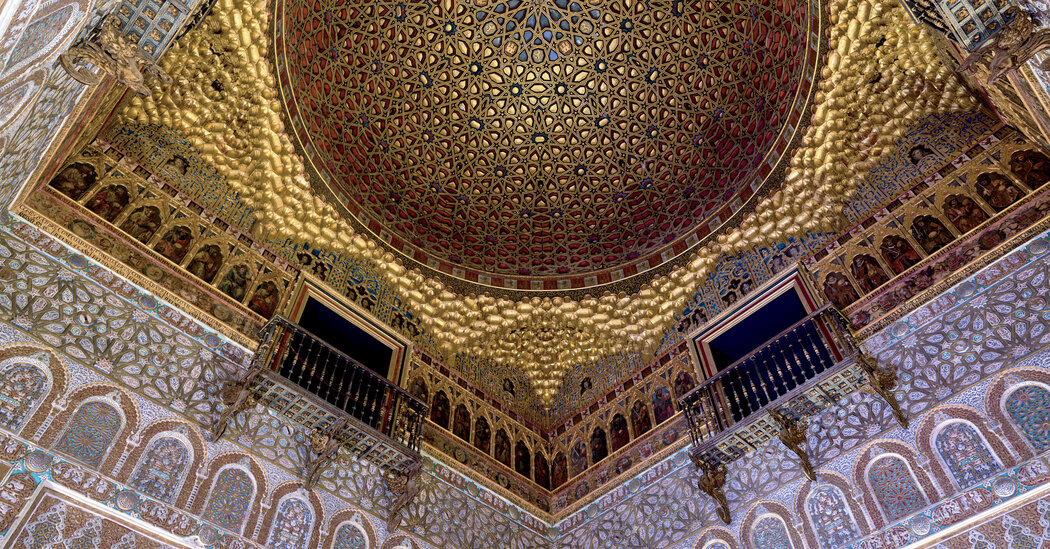Tabales now likened the poet-emir al-Mu‘tamid (1069-91) to Rome’s Caesar. During his reign, the river Guadalquivir (from al-wadi al-kabir, “the great river”) had a different position than it does today, making it more conducive to trade. The city grew exponentially, from some 185 acres to 740. “We see it in our investigations,” Tabales said. “Each house is the same Islamic house.” Yet al-Mu‘tamid, in an era of political instability but creative efflorescence, made a catastrophic mistake. After the fall of Toledo to the Christians in 1085, he lost his nerve and invited the Almoravids, a Berber dynasty who practiced an austere form of Islam, to cross the strait from North Africa and help him drive back the Christian advance. They were happy to oblige but, after witnessing the chaos of Al-Andalus, they returned a few years later, not as allies but as conquerors. Al-Mu‘tamid was deposed and became another entry in Al-Andalus’s catalog of exiles. “Oh, that God might choose that I should die in Seville … !” he would write longingly from North Africa.
On the way to Tabales’s office, I asked about the multilingual inscription on the tomb of Ferdinand III. “This is very common after the Reconquest,” he said. “It gets even stronger in the 14th century. When the danger of war was out, the Castilian kings had no problem with minorities. Once they had won, they were more accepting of Muslim influence in the arts” — though not so much, he added pointedly, in politics and religion.
If the early spirit of the Reconquest had been assimilative, by the 15th century attitudes began to harden. The Catholic monarchs, Tabales said, referring to Isabella and Ferdinand, “established a political skeleton in which religion was given the first position.” One monarchy, one religion became the order of the day, and it was not merely Jews and Muslims who were forced underground. Arabized Christians had to forsake their Mozarab rite in favor of Roman Catholicism. “It was never easy for the minorities,” Tabales said, suggesting that they were ever at the mercy of political calculations. “It’s a myth, the convivencia.”
As he spoke, I was transfixed by a marble stone, draped in a red cloth, next to the table where we sat. As we were leaving, I asked him about it. He looked at me in astonishment. We were in the stairwell. “But it’s the whole history of Seville,” he said, insisting we go back upstairs.
The stone, he explained,…
Click Here to Read the Full Original Article at NYT > Travel…
